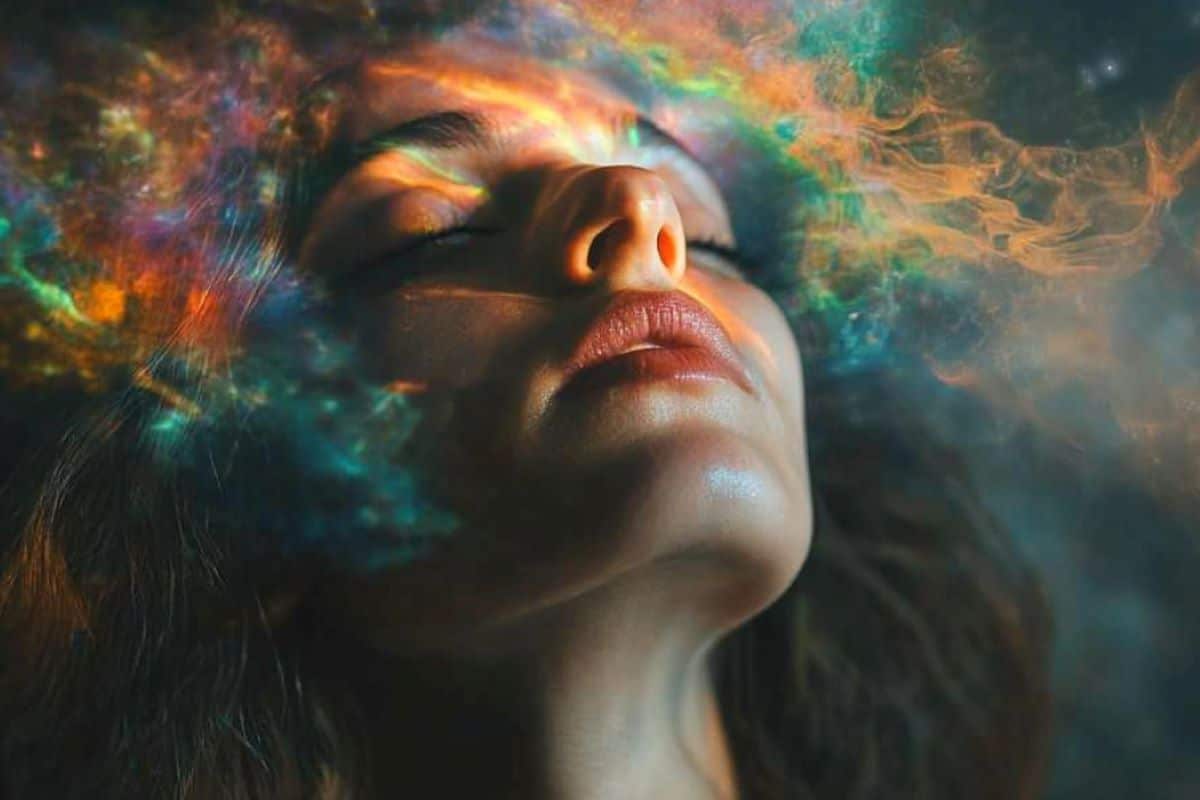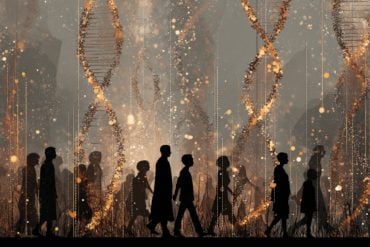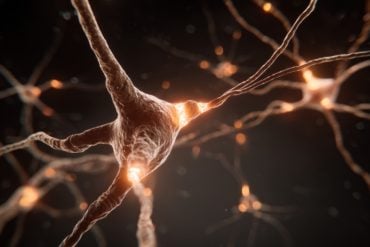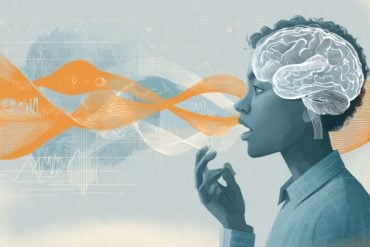Summary: New research has pinpointed the specific brain region and neuron type responsible for reducing anxiety using the psychedelic drug DOI, without triggering hallucinations. The study revealed that DOI targets serotonin2A receptors on parvalbumin-positive neurons in the ventral hippocampus, decreasing anxiety behaviors in animal models.
Surprisingly, this brain circuit is separate from those causing hallucinations, offering potential for anxiety treatments without hallucinatory effects. The findings pave the way for psychedelic-inspired drugs that could safely manage anxiety disorders.
Key Facts:
- The psychedelic DOI reduces anxiety by targeting serotonin2A receptors in the ventral hippocampus.
- The brain circuit that lowers anxiety is separate from those causing hallucinations.
- Activating specific neurons in this region mimics DOI’s anxiety-reducing effects.
Source: Tata Institute of Fundamental Research
Psychedelics have been used in indigenous cultures for centuries, with empirical evidence of their mood and perception altering effects.
Recently, there has been a renewal of interest in psychedelics given putative therapeutic effects in psychiatric disorders such as anxiety and depression. However, it has remained a mystery as to how psychedelics actually bring about changes in mood-related behavior.
A team of researchers led by Prof. Vidita Vaidya from TIFR Mumbai, in collaboration with research groups from Cornell, Columbia and Yale University mapped the precise part of the brain, and the specific class of neurons within this brain region, that drives the decrease in anxiety caused by acute treatment with the psychedelic DOI.

The psychedelic DOI when administered to rats or mice systemically, decreases anxiety behavior on approach-avoidance behavioral tasks, such as the elevated plus maze and open field test.
To precisely pinpoint the part of the brain that responds to DOI and drives this decrease in anxiety behavior, local infusions of the drug into targeted brain regions uncovered a critical role of the ventral hippocampus in mediating this effect of the psychedelic DOI.
Further, the study uncovered that the psychedelic DOI targets the serotonin2A receptor in the ventral hippocampus to exert its effects on anxiety. At the same time, the team also ruled out contributions from other brain regions including the prefrontal cortex and amygdala.
What was striking is that the ventral hippocampus while vital for the decrease in anxiety evoked by DOI, did not contribute to hallucinations, highlighting that psychedelics target different parts of the brain to drive many behavioral changes.
Electrophysiological studies revealed that the psychedelic DOI increased the firing of parvalbumin-positive, fast-spiking, interneurons in the ventral hippocampus, which express the serotonin2A receptor. This identified the potential cellular trigger through which the psychedelic DOI may reduce anxiety behavior.
To behaviorally test this, chemogenetic strategies were used to activate this particular subclass of neurons within the ventral hippocampus in the absence of the psychedelic DOI, which was sufficient to decrease anxiety behavior in animal models.
Further, using a genetic knockout mouse model that lacked any serotonin2A receptor in the brain and body, selective restoration of the serotonin2A receptor on parvalbumin neurons was sufficient to reinstate the decline in anxiety that was seen on treatment with the psychedelic DOI in the ventral hippocampus.
Together, using genetic, pharmacological, electrophysiological and behavioral studies, the team identified parvalbumin-positive, fast-spiking, interneurons in the ventral hippocampus as the cellular trigger through which the psychedelic DOI can reduce anxiety.
This provides the first evidence of a clear mapping of the precise neuronal population and brain region targeted by a psychedelic to influence anxiety behavior.
Since it also demonstrated that this brain circuit does not evoke altered perception and hallucinations, it opens up the intriguing possibility of using psychedelic-inspired drugs that have therapeutic potential for the treatment of anxiety disorders, whilst not exerting potent hallucinatory effects.
About this anxiety and psychopharmacology research news
Author: Nisha Yadav
Source: Tata Institute of Fundamental Research
Contact: Nisha Yadav – Tata Institute of Fundamental Research
Image: The image is credited to Neuroscience News
Original Research: Open access.
“Ventral hippocampal parvalbumin interneurons gate the acute anxiolytic action of the serotonergic psychedelic DOI” by Vidita A. Vaidya et al. Neuron
Abstract
Ventral hippocampal parvalbumin interneurons gate the acute anxiolytic action of the serotonergic psychedelic DOI
There has been a recent renewal of interest in the therapeutic potential of serotonergic psychedelics. Here, we uncover the essential role of ventral hippocampus (vHpc) GABAergic interneurons in the anxiolytic effect evoked by the serotonergic psychedelic 2,5-dimethoxy-4-iodoamphetamine (DOI).
Integrating anatomical, pharmacological, and genetic approaches, we show that 5-HT2A receptors in the CA1/subiculum (CA1/sub) region of the vHpc are required for the anxiolytic action of DOI. In vivo electrophysiology and opto-tagging experiments indicate that DOI enhances the firing rate of hippocampal fast-spiking parvalbumin (PV)-positive interneurons, most of which express the 5-HT2A receptors.
Restoration of 5-HT2A receptors in PV-positive interneurons in a loss-of-function background reinstated the anxiolytic responses evoked by DOI in the vHpc CA1/sub region.
Collectively, our results localize the acute anxiolytic action of a serotonergic psychedelic to 5-HT2A receptors in the ventral hippocampus and specifically identify PV-positive fast-spiking cells as a cellular trigger for the psychedelic-induced relief of anxiety-like behavior.






